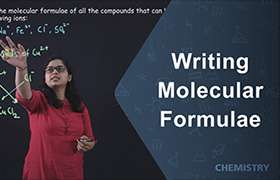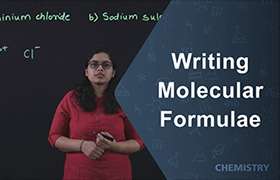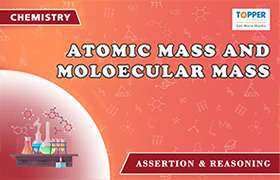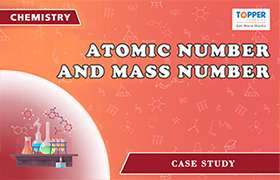CBSE Class 9 Answered
what is law of conservation of mass explain briefly......
Asked by digantverma08 | 23 Oct, 2015, 08:44: PM
Law of conservation of maass is a fundamental principle of classical physics that states 'matter cannot be created or destroyed in an isolated system'.
OR
During any physical or chemical change, the total mass of the products remains equal to the total mass of the reactants.
Example,
On heating, 10 g CaCO3 produces 5.6 g CaO and 4.4 g CO2.
Mass of the reactant is 10 g and mass of the product is 5.6 + 4.4 g = 10 g.
Thus, mass of the reactant = mass of the product whicg proves law of conservation of mass.
CaCO3 → CaO + CO2
10 g 5.6 g 4.4 g
Answered by Prachi Sawant | 25 Oct, 2015, 12:09: PM
Application Videos
Concept Videos
CBSE 9 - Chemistry
Asked by rajputanaji290 | 03 Oct, 2023, 09:30: PM
CBSE 9 - Chemistry
Asked by muditsharma287 | 09 Mar, 2023, 10:10: PM
CBSE 9 - Chemistry
Asked by shivalaxmi0205 | 08 Mar, 2023, 07:46: PM
CBSE 9 - Chemistry
Asked by shivalaxmi0205 | 08 Mar, 2023, 07:43: PM
CBSE 9 - Chemistry
Asked by jssjj | 19 Jan, 2023, 07:25: PM
CBSE 9 - Chemistry
Asked by mohammedhaqqani.6b | 14 Jun, 2022, 02:51: PM
CBSE 9 - Chemistry
Asked by jiyajthakor | 28 Feb, 2022, 07:03: PM
CBSE 9 - Chemistry
Asked by gillsaabjashanpreetsingh3 | 16 Jan, 2022, 01:23: PM
CBSE 9 - Chemistry
Asked by prachisharma772007 | 16 Jan, 2022, 11:12: AM
CBSE 9 - Chemistry
Asked by rupasajwan363 | 04 Jan, 2022, 04:17: PM








